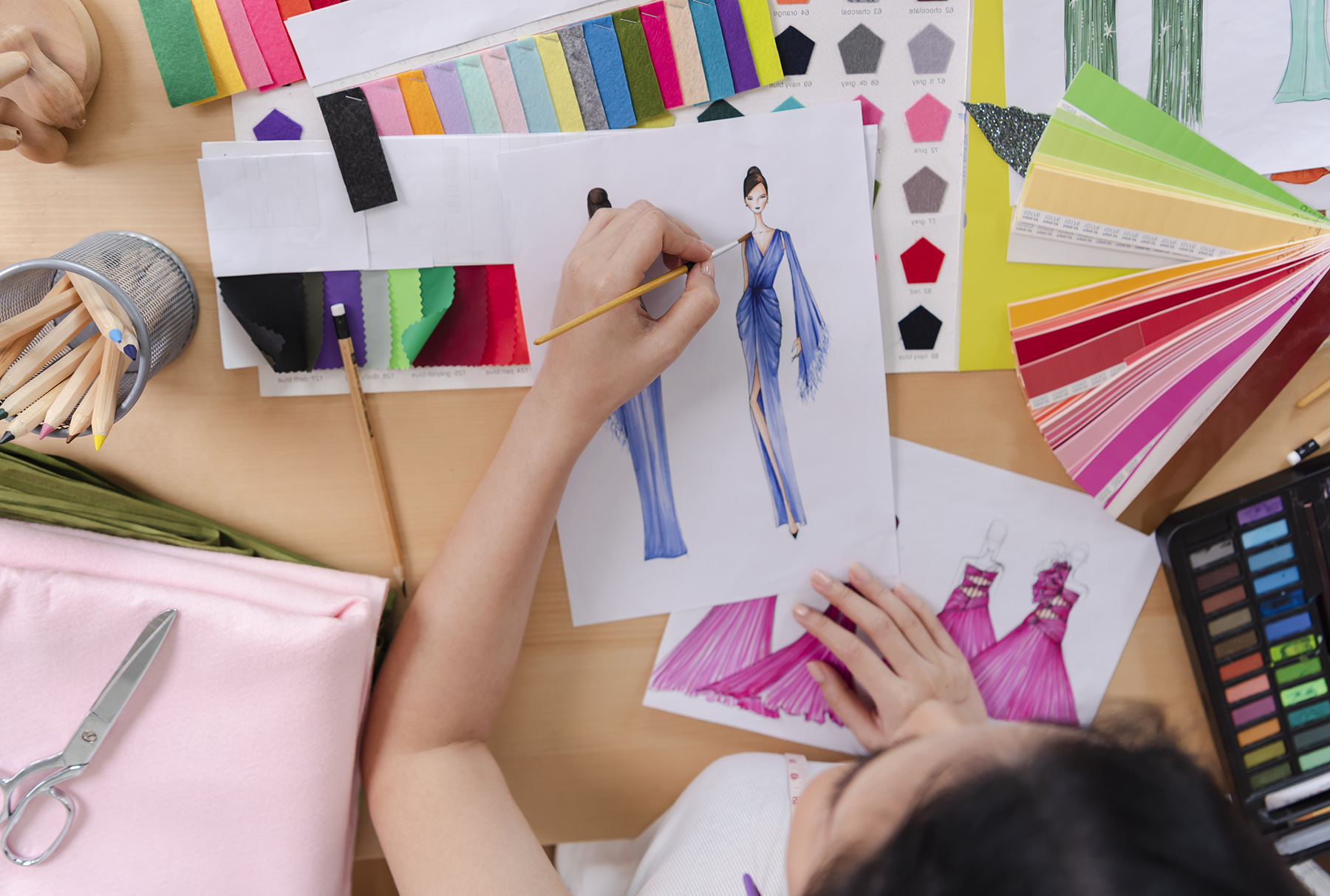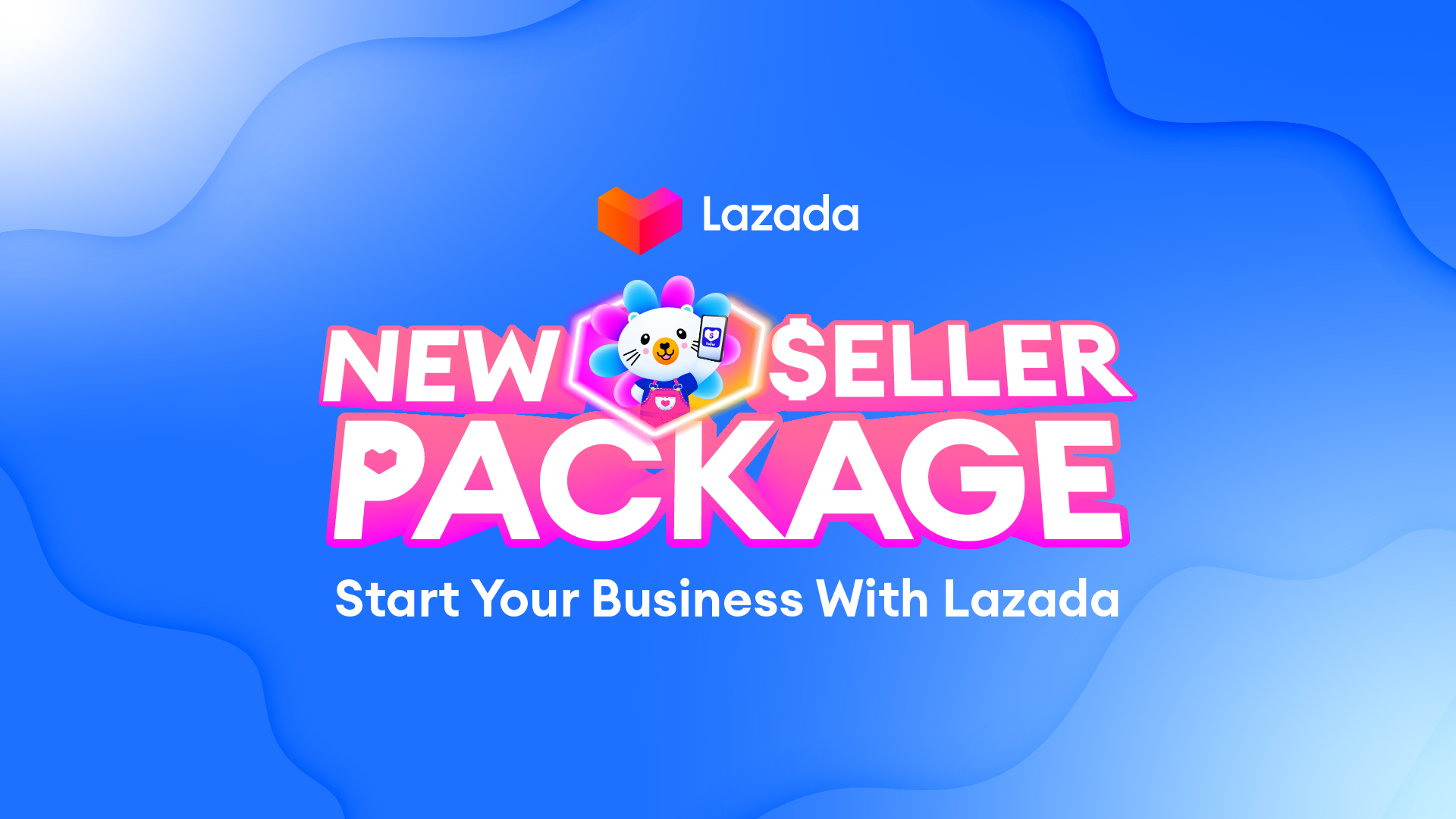With fashion eCommerce booming, starting an online fashion business today is a viable option to make your dream of owning a clothing business come true.
So, you have decided to start your online fashion store. With online apparel stores being a multi-billion-a-year industry, it’s by far one of the most popular eCommerce niches. However, success in the retail clothing industry requires motivation, hard work and a solid plan of action.
A successful fashion store is dependent on many different aspects including the niche you choose, your branding, the quality of your clothing products, the attractiveness of your online site, the customer service you provide and fulfillment strategies. Here we delve into some important aspects of setting up your fashion store.

Step 1: Identify your target audience.
You’ve decided what kind of clothing line you’re going to offer in your fashion store. This will enable you to identify and market to your potential shoppers more easily. Finding your niche helps you develop your product list to appeal to your specific target market, allowing you to limit your competition and increase your chances of customer loyalty. Your audience will also appreciate the authenticity of your clothing brand.
Now, the next step is to identify who will be purchasing your clothes. It’s impossible to try and please everyone or do everything. You’re more likely to succeed if you design specific products for specific people.
Kuala Lumpur-based business FH Fashion House for example, decided to sell office wear to women who wants fashionable workwear but are also under a budget. With this in mind, they introduced their range of stylish yet breathable and lightweight Hero products to the market, specifically loose cut pants that cater to Malaysia’s humid weather. The leg-line of the pants also creates a longer and slimmer silhouette, which is especially attractive for plus-size women.
Knowing their niche and audience well, as well as considering the local climate, has worked well for FH Fashion House with a 7% growth yearly in the specialized pants and skirts assortment category.
This shows that identifying your target audience is key to setting up your store. What type of potential customer are you targeting and what type of clothing would they buy? Where do they hang out and what are their hobbies? Identifying your target audience will also help you to strengthen your brand identity and also come up with better marketing strategies that will reach your target audience.

Step 2: Crunch your numbers.
Now that you’ve identified your target customers, it’s time to crunch some numbers.
Starting a clothing store is not an inexpensive feat, but it doesn’t need to break the bank either. Generally in fashion or in running any business, you sometimes need to spend money to make money. When starting a clothing line, begin by assessing your start-up costs. Once you know how much it will cost to get you started with your fashion brand, compare that with the funds you have. Then, plan how you’ll make up any difference.
When you start your own clothing line business, some of these costs can/will include:
- Your brand design (logo, business cards, and website);
- Any license or permit fees;
- Deposits and rent for a physical work location, for example if you plan to lease your workspace or production studio;
- Basic infrastructural costs like phone and internet service;
- Marketing and advertising costs;
- Sewing, design tools, clothing materials if you are making the clothes yourself;
- Hourly wages to cover your design and construction time.
Step 3: Purchase and price your inventory.
Once you’ve figured out your funds, it’s time to move on to inventory if you’re not designing the clothes yourself. This process should ideally be done at the same time you settle on a location or set up your online shop. To start, you’ll need to get in touch with vendors who carry the clothing you want to sell. A trade show is one of the best places to buy wholesale merchandise for your clothing company. At trade shows, you can connect with suppliers and see their product offerings firsthand.
When making orders, consider the amount of inventory you’ll need when you first open your store, plus the inventory you’ll need to regularly replace the items that sell. Don’t forget to consider seasonal trends.
To create an innovative and effective pricing strategy, you have to start by knowing how much it costs to produce your clothing items. It’s important to include the cost of running your business (and some profit!) into your clothing prices as well. Otherwise, it will be challenging to sustain your business over time.
Throughout the process, research the best way to set your prices based on the merchandise you’re selling. You’ll need to determine your markup amount, understand effective pricing techniques for your type of store and know how to discount merchandise effectively.
Step 4: Utilize available marketing tools and campaigns
Once your fashion store is set up and running, consider using promotional tools to market your store and clothes. Lazada’s seller tools are designed for this purpose. FH Fashion House not only participated in three of Lazada’s mega campaigns which led to a double-digit growth of 20% in 2022 vs 2021; the brand also utilizes Lazada seller tools like Free Shipping Max – which brought a revenue increase of 25%, order increase of 35% and a 35% increase in total buyers from the additional exposure and traffic to the store.
With Lazada, it is easy to create your online clothing store, as it is affordable, easy to use and optimized for mobile users. Lazada’s ready-made web design templates can also simplify your eCommerce store building process.

Join Lazada’s latest fashion Gayamu, Caramu campaign and stand a chance to win cash prizes total worth up to RM60,000, Sponsored Discovery Ads credit total worth up to RM3,000 and more!
Interested to be your own boss? Sign up as a Lazada seller today.
Follow us on Facebook, Instagram, TikTok, and subscribe to our YouTube channel for the latest ecommerce trends and seller hacks.









